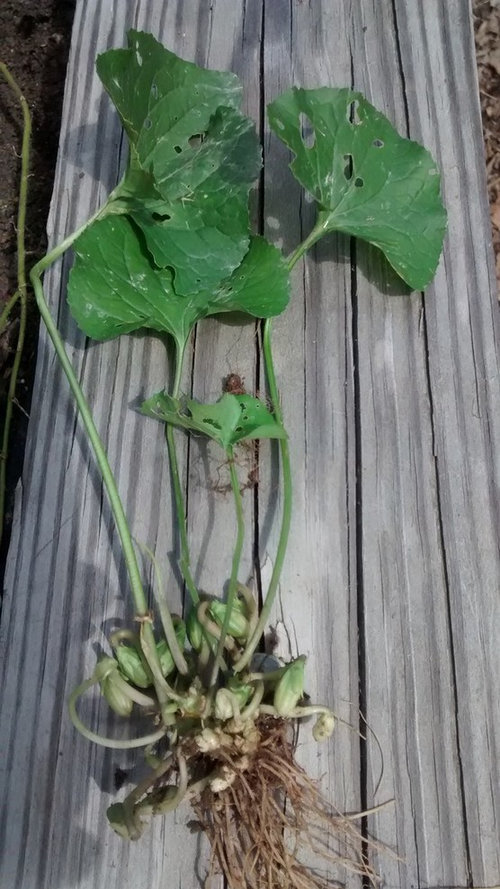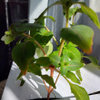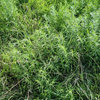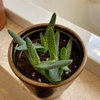low growing rhizomatous weed
carcioffio
9 years ago
Related Stories

GARDENING GUIDES9 Low-Growing Hedges That Make Good Neighbors
Define garden areas or borders without blocking the view, with these evergreen shrubs that take kindly to trimming
Full Story
GARDENING GUIDESWhat’s in a Name? See 6 Wildflowers That Aren’t ‘Weeds’ at All
Dispel the stereotypes of weeds and try these wildlife-supporting native wildflowers in your garden
Full Story
GARDENING GUIDES5 Weed-Smothering Ground Covers
Let these landscape plants do the dirty work of choking out weeds while you sit back and enjoy the view
Full Story
GARDENING GUIDESGreat Design Plant: Bugle Weed, a Quick Ground Cover
It’s highly adaptable, suppresses weeds, reduces erosion and provide weeks of bright flowers. Just watch for invasiveness
Full Story
GARDENING GUIDESLet's Weed Out 4 Native Plant Myths
Plant wisely for a garden that supports pollinators and requires less work
Full Story
EDIBLE GARDENSNatural Ways to Get Rid of Weeds in Your Garden
Use these techniques to help prevent the spread of weeds and to learn about your soil
Full Story
GARDENING GUIDESTackle Weeds the Natural Way
Instead of dousing your yard with chemicals to wipe out weeds, let time and nature work their magic via smothering and solarization
Full Story
HOUZZ TOURSHouzz Tour: From Overgrown Weeds to Picturesque Farmhouse Expanse
This once-neglected 100-acre South Carolina site now features a lake, a wood-filled farmhouse and a far-reaching view
Full Story
NATIVE PLANTSGreat Native Plant: Grow Wild Quinine for Its Unique Clusters of Blooms
Get connoisseur cred and unique blooms with this uncommon plant. Bonus assets: It’s low maintenance and drought tolerant
Full Story
EDIBLE GARDENSSummer Crop: How to Grow Blueberries
Plant blueberries in spring or fall for garden beauty through three seasons — and a sweet superfood in summer
Full Story











pitimpinai
davidrt28 (zone 7)
Related Professionals
Garden City Landscape Architects & Landscape Designers · La Marque Landscape Architects & Landscape Designers · Lakewood Landscape Architects & Landscape Designers · Canton Landscape Contractors · Edmond Landscape Contractors · Maple Valley Landscape Contractors · Centereach Landscape Contractors · Holtsville Landscape Contractors · Oklahoma City Landscape Contractors · Plantation Landscape Contractors · Riverview Landscape Contractors · Vallejo Landscape Contractors · Wentzville Landscape Contractors · Rolling Meadows Stone, Pavers & Concrete · Acushnet Stone, Pavers & Concretemissingtheobvious
raee_gw zone 5b-6a Ohio
Tiffany, purpleinopp Z8b Opp, AL
davidrt28 (zone 7)
floral_uk z.8/9 SW UK
missingtheobvious
ken_adrian Adrian MI cold Z5
missingtheobvious
carcioffioOriginal Author
Tiffany, purpleinopp Z8b Opp, AL